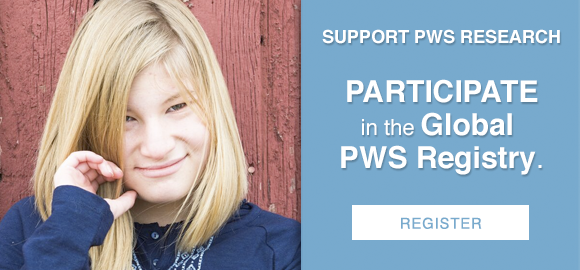Physical activity and exercise are an important part of care for individuals with PWS. However, this can be difficult due to poor muscle tone and orthopedic issues. Many individuals require bracing, casting, and or surgery for spinal issues. Here, we focus on data from the Global PWS Registry to provide information on the prevalence of spinal curvatures in individuals with PWS, as well as the types of treatment approaches they are undergoing.
Within the Global PWS Registry, 79% of individuals have seen an orthopedist specialist. As expected, the prevalence of spinal curvature increases with age, with 69% of registry participants 11 years and older diagnosed with some degree of spinal curvature. Of those with a diagnosed spinal curvature, the majority (66%) are diagnosed by age 10, and 85% are diagnosed by age 15, highlighting the importance of having an orthopedist in your care team during childhood and adolescence.
There are a variety of treatment approaches for individuals with spinal curvatures, including bracing, casting, and surgery. The types of treatment approaches for individuals within the Global PWS Registry changes with age. For individuals 0-10 years old, ~45% have undergone some type of bracing or casting, and another 35% have not undergone any treatment. A very small number of individuals ages 0-10 have had a spinal surgery. This shifts by age 11 and older, when ~35% of individuals with a spinal curvature have undergone at least one spinal surgery.
For those individuals with PWS who have had a spinal surgery, more than half (61%) of those are spinal fusions, where two or more vertebrae are fused together in order to stop movement between the two bones. The next most common type of surgery is placement of an expandable implant or rod to guide the spine during growth (23%). Because of the complexities in treating spinal curvatures, many individuals will undergo different treatments throughout life, starting in bracing/casting, and progressing into one or more surgeries later in life.
If your loved one with PWS has been diagnosed with a spinal curvature, your family is not alone. Deciding on what types of treatment to pursue, and at what ages, are difficult decisions for families and caregivers, highlighting the importance of having a qualified orthopedist, preferably one familiar with the complexities of PWS, on your care team.
For more information on the Global PWS Registry, please visit pwsregistry.org or email the Registry here.








